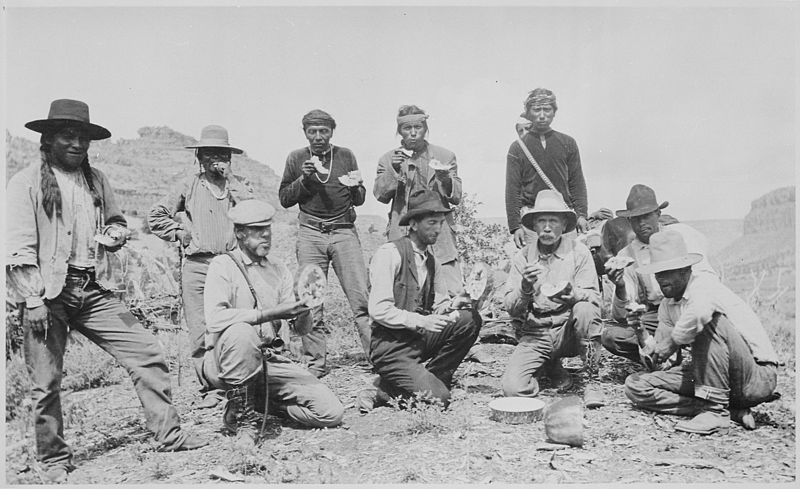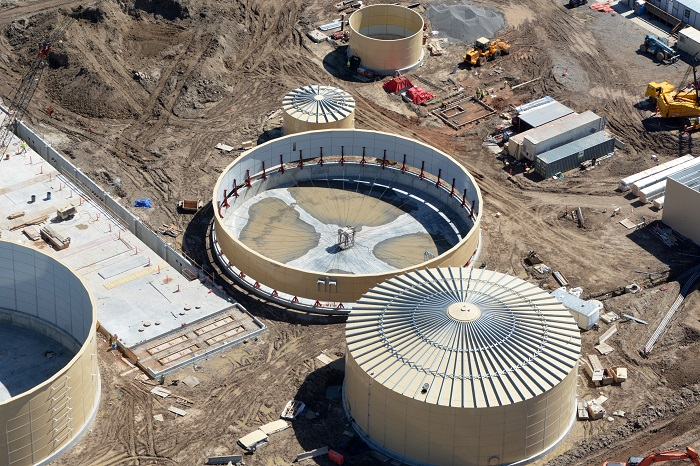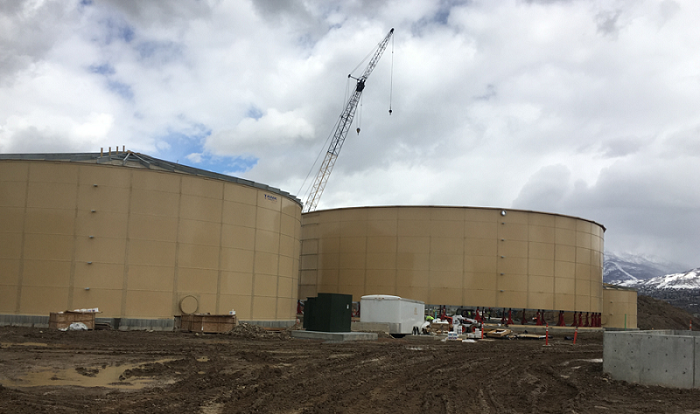Guide to WRR Anaerobic Digester Process
While there are many moving pieces of Wasatch Resource Recovery, it is a relatively straightforward system that allows natural processes to happen more efficiently. In addition to reducing landfill use and capturing harmful greenhouse gasses and utilizing it to warm our homes. Read on for a step-by-step guide to how the Anaerobic Digester at Wasatch Resource Recovery operates.
- Waste Collection
Wasatch Resource Recovery is able to accept organic waste in many forms. Organic waste is trucked in from participating organizations. These trucks can enter any number of loading bays depending on what waste they are providing.
Unpackaged liquid waste (Up to 200,000 gallons per day) can be deposited directly into holding tanks. Fats, oils, and grease (FOG) are released into a screened intake and held in a warming tank to allow it to remain in liquid form. (Up to 50,000 gallons per day)
Flats of consistent beverage containers will be deposited in the loading warehouse (Up to 10,000 gallons per day). Inconsistently packaged waste, such as bagged food waste from restaurants or grocery stores is dropped off in a holding bay. (Up to 80,000 gallons per day)
- Depackaging
Solid waste enters a warehouse where it will be deposited in one of three machines depending on the packaging type. Consistent glasses, plastic, or aluminum beverage loads are crushed up allowing the liquid organic waste to separate from the material. The recyclable material will be transferred to a material recycler.
Bagged and boxed organic waste enters through a similar depackaging machine that pulps the organic material and allows it to separate from the packaging.
- Pre-Digester
Once the organic waste is separated and macerated it enters an additional machine in order to remove any remaining grit that could build up in the digester.
The individual organic waste collections are then blended in a tank with water in order to produce the desired ratio of solids required for the next stage of the process.
- Digester
The mixture is pumped into one of two 2.5 million-gallon Anaerobic Digesters (An additional two digesters will be built in phase two) This slightly warmed tank allows for the natural decomposition process to occur. First naturally occurring fermentation bacteria break down the waste into simple sugars and organic acids, next methanogens (methane-producing organisms) consume the organic acids and release methane.
- Solid Waste Collection
From the digestion process, gas and liquefied waste will be collected. Phosphorus is collected from the liquefied product, and the remaining liquid is channeled to a dewatering machine. This results in a nutrient-rich dry fertilizer (up to 194 cubic yards produced a day) which can be used by farmers to grow crops. The resulting water is heated up to recover the ammonia produced in the digester. The remaining clean water will be processed to remove potassium and nitrogen (great in our soil, but harmful in our lakes and streams) through South Davis Sewer District.
- Gas Collection
The gas released from the digester is up to 65% methane. On a daily basis, a single digester can produce 2600 cubic feet of gas. This gas is conditioned and released into the Dominion Energy’s natural gas line to provide renewable energy for up to 40,000 people.
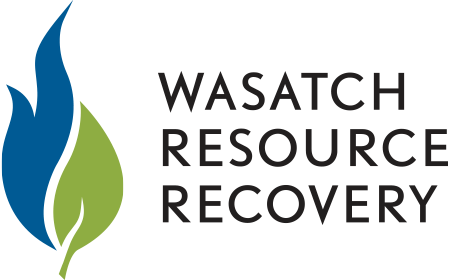

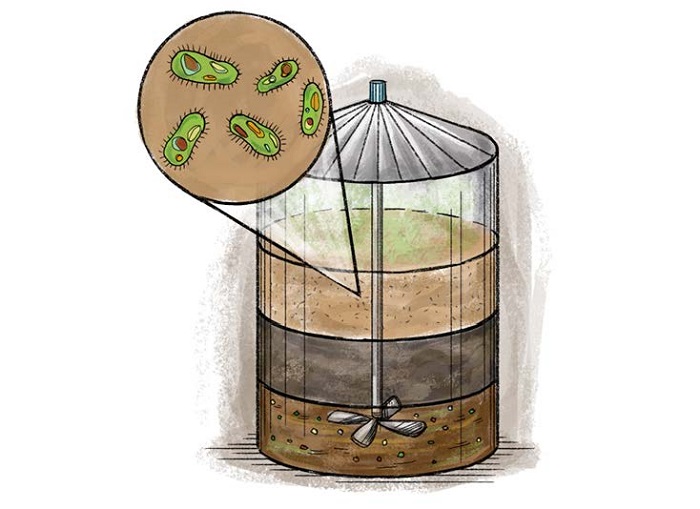


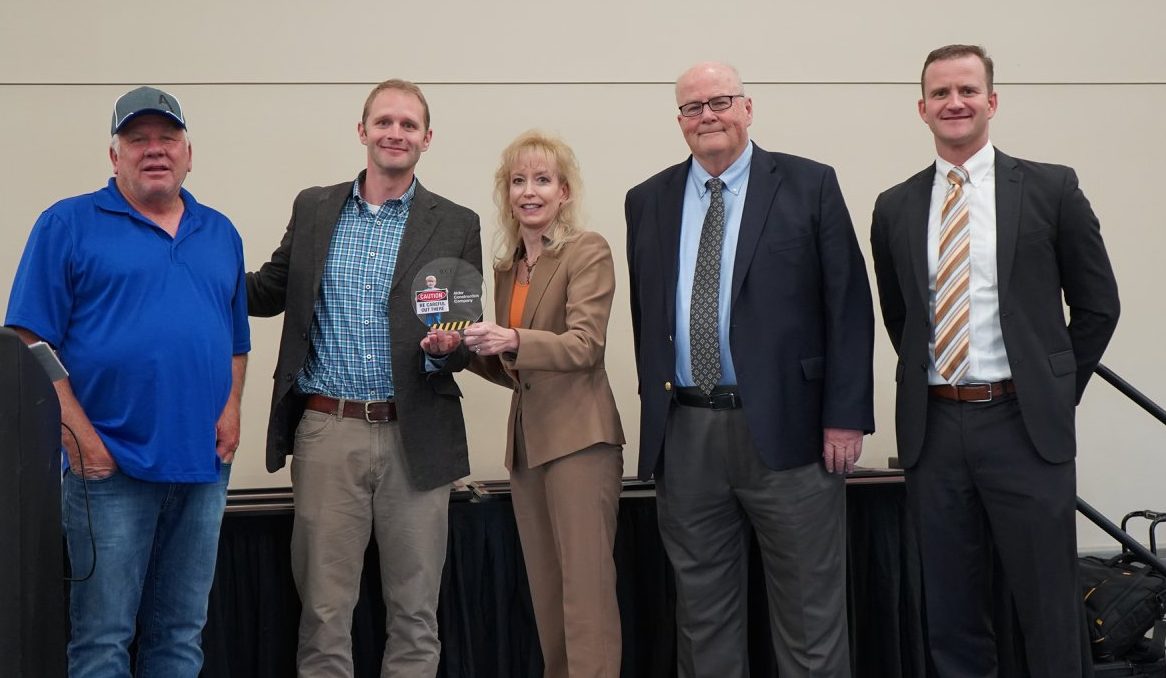 Wasatch Resource Recovery has a lot of moving parts, partnering organizations, and employees that have delivered the project at its current stage in development. Alder Construction is one of WRR’s main driving forces: building the complex facilities required to implement anaerobic digestion technology on such a large scale. To ensure the success of the project, construction had to begin over a year before test loads could run; and still before that, hours of planning, designing, piloting, and financing occurred.
Wasatch Resource Recovery has a lot of moving parts, partnering organizations, and employees that have delivered the project at its current stage in development. Alder Construction is one of WRR’s main driving forces: building the complex facilities required to implement anaerobic digestion technology on such a large scale. To ensure the success of the project, construction had to begin over a year before test loads could run; and still before that, hours of planning, designing, piloting, and financing occurred. 
